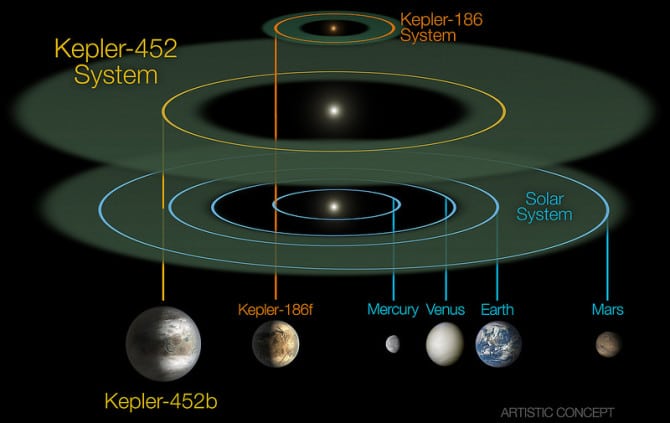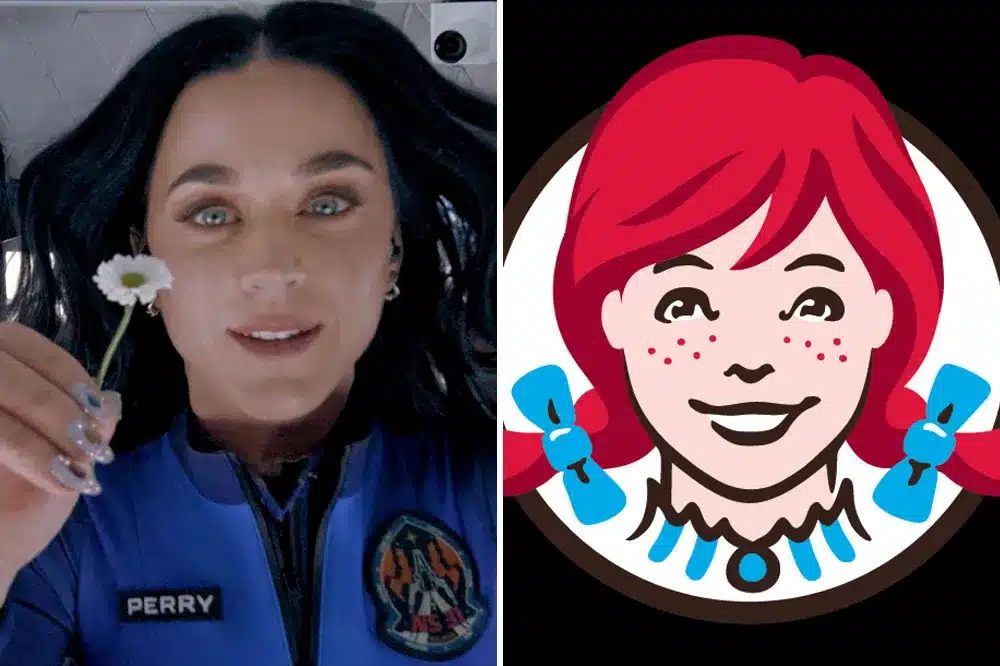History has been made today, July 23rd as NASA announced the discovery of a planet that is similar to Earth and could potentially support human life.
It’s basically in the Kepler system in the Cygnus constellation and revolves around another sun just like we do, only it’s 60% bigger than our planet in terms of diameter. Its orbit around the sun is only 5% longer than ours and it’s estimated that the planet is 6 billion years old, which is about 1.5 billion years older than our sun. Basically, we would actually be Earth 2.0 and not them if we were keeping score on it.
The surface of the planet and its composition have not yet been confirmed but NASA’s scientists are hopeful that it will be rocky and thus could effectively support life – it might be some time before we find out about that though, and it’s another question entirely as to whether it would be human in form or even intelligent. However, given the vast age gap in the lives of the planet, it’s possible that if life did exist there than these dudes could be a way more advanced civilisation than us. That’s just speculation though.

Images VIA
Nevertheless this is still an exciting day, as it’s the first time out of the 1030 planets that NASA have now discovered that they think one might actually be habitable. Jon Jenkins – the data analysis leader on the project – is hopeful:
We can think of Kepler-452b as an older, bigger cousin to Earth, providing an opportunity to understand and reflect upon Earth’s evolving environment. It’s awe-inspiring to consider that this planet has spent 6 billion years in the habitable zone of its star; longer than Earth. That’s substantial opportunity for life to arise, should all the necessary ingredients and conditions for life exist on this planet.
Well, here’s hoping. Unfortunately the planet is 1400 light years away so it’s unlikely we’ll get to to check it out or get anymore concrete information about it during our lifetime, but hey at least we’ve got this. Now, if only NASA could go about explaining that weird door handle they found on Mars next.















